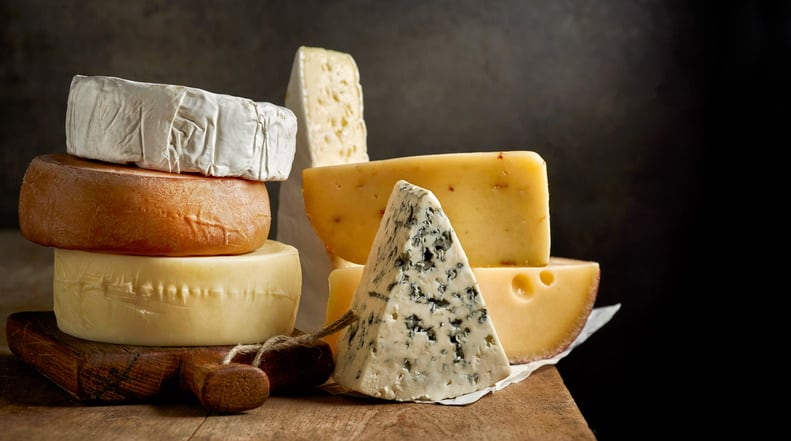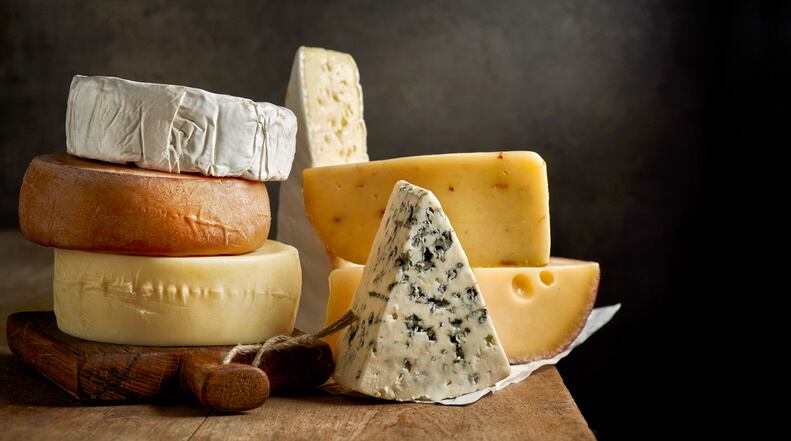After four years of negotiation, the EU and New Zealand have reached agreement on a comprehensive trade deal.
According to forecasts released by the European Commission, this is a ‘good news’ moment. The EC predicted bilateral trade will grow by up to 30% thanks to this deal, with EU annual exports potentially growing by up to €4.5 billion. EU investment into New Zealand has a potential to grow by up to 80%, the EC said. The deal can cut some €140 million a year in duties for EU companies from the first year of application, the Commission continued.
“This trade agreement brings major opportunities for our companies, our farmers and our consumers, on both sides,” EC President, Ursula von der Leyen, enthused.
EU farmers will have ‘much better opportunities’ from day one, with the elimination of tariffs on ‘key’ exports like pigmeat, wine, chocolate, confectionery and biscuits.
In ‘sensitive’ areas like dairy, beef and sheep meat the agreement will allow zero or lower tariff imports from New Zealand in limited amounts.
For its part, New Zealand was bullish on the opportunities this new quota regime would open for its dairy exporters, insisting that this will be worth over NZ$600 million in annual export revenue for NZ dairy and beef sectors once fully implemented.
“We’ve fought hard for our dairy and beef exporters and the deal could deliver up to $600 million in additional export revenue if access is used and once the agreement is fully in effect,” said NZ Minister of Agriculture Damien O’Connor, who spent last week in Brussels negotiating with his counterparts.
“We’ve secured an eight-fold increase in the volume of beef we can export into the EU. We have also secured improved access for our butter and cheese producers, some of which will now be able to be trade with the EU for the first time in many years.”
With all this positivity from European and NZ negotiators, why are the dairy industries on both sides of the negotiation unhappy?
Quarrel over quotas
European industry associations have stressed ‘painful sacrifices’ have been made in sensitive sectors like dairy.
Giuseppe Ambrosi, the president of the European Dairy Association, believes the agreement gives NZ dairy an unfair advantage. “Any trade agreement must be tailored in a fair trade and level playing field spirit to achieve at the end a win-win situation. For milk and dairy, this was a near to impossible task from the outset and the outcome does give a unilateral advantage to the NZ dairy industry, pushing the EU concessions to the absolute limit,” Ambrosi said. “The EU dairy sector will do its utmost to continue being resilient and competitive, and we will now have to prepare for the new tougher market conditions.”
Copa-Cogeca – organisations representing European farmers and cooperatives – estimates the agreement will increase Europe’s structural negative trade balance in agricultural products, which stood at around €750m in 2021.
New Zealand exporters already have market access for 75,000t of butter and 11,000t of cheese. Additional access to the EU’s added value protein market (butter 15,000t, cheese 25,000t, milk powder 15,000t) will ‘substantially increase market pressure’, Copa-Cogeca argued.
And all this comes at a time when farmers are ‘struggling to continue investing in sustainability’, Copa-Cogeca added.
“Copa and Cogeca welcome the fact that the EU production safety standards (e.g. hormone-free beef) and GIs have been recognised under the agreement with New Zealand. We acknowledge the commitments that both the EU and New Zealand have agreed upon with regards to incorporating the principles of the Paris agreement and sustainability in international trade. However, we know that for key sectors such as dairy, sheep and beef production this agreement is painful,” Copa-Cogeca Secretary-General Pekka Pesonen stated.
Significantly, the farming organisations said, Europe’s dairy industry is fragmented compared to that of New Zealand, which is largely controlled by one player – Fonterra. The deal will therefore deliver a ‘strong bargaining hold’ to the hands of a single, giant, dairy cooperative.
If it provides New Zealand dairy with so much market access that it threatens to make market conditions significantly 'tougher', New Zealand’s largest dairy cooperative should be popping the (GI protected) champagne, right? Wrong. Fonterra isn't happy with the outcome on tariffs and quotas either, arguing that the additional market access if very limited in nature.
Fonterra is disappointed that the quotas for dairy products like butter, cheese and milk powder are ‘constrained’ relative to the size of the EU market by a combination of ‘small’ permanent quotas, in-quota tariff rates, and quota administration requirements.
"The outcomes for dairy are very disappointing and reflect the degree of protectionism which continues to afflict dairy trade globally and particularly amongst the EU dairy industry,” lamented Simon Tucker, Fonterra Director Global Sustainability, Stakeholder Affairs and Trade.
“Access to markets and the elimination of barriers to trade is critical at a time of growing geopolitical uncertainty to provide optionality for exporters, particularly into markets where customers and consumers value New Zealand sustainability and provenance credentials. New Zealand’s future export success, and the jobs that this creates across regional New Zealand, depend on addressing the large trade barriers remaining across many markets as part of New Zealand’s future trade agenda, including through any upgrades or reviews of the NZ-EU FTA.”
Concessions on GI-protected products attract industry ire
Representatives of France’s dairy sector were more damning in their appraisal still.
“This situation is unacceptable for all the players in the dairy sector. This agreement threatens the future of dairy producers who will be the main victims, even though they are already suffering from cost inflation and, in recent years, falling production," President of French dairy body FNIL François-Xavier Huard and Jean-Philippe André, President of the broader French food-industry trade body LSA, said in a joint statement. "Alongside them, all players in the sector are affected, including processing companies that maintain economic activity and jobs in often rural areas.”
The European Union typically leverages free trade negotiations as a tool to extend the reach and recognition of its geographically protected products. This latest deal sees New Zealand recognise 163 of the ‘most renowned’ protected Geographical Indications (GI) products including Asiago, Feta, Comté or Queso Manchego cheeses and Istarski pršut ham.
But while some GI designations for dairy products have been recognised, others have not, and this is likely to be a big concern for French and Italian cheese makers. Under the deal, New Zealand’s cheese exporters will be able to use terms such as brie, camembert, parmesan and gruyere - although more specific names Brie de Meaux and Camembert de Normandie are protected.
For its part, however, Fonterra is also unhappy with concessions NZ has made on GIs. “Fonterra, alongside other New Zealand cheese producers, will no longer be able to use the term ‘feta’ after a transition period of nine years. Fonterra has, however, retained the ability to use the terms parmesan and gruyere,” Tucker reflected.
But an agreement billed by Executive Vice-President and Commissioner for Trade Valdis Dombrovskis as 'a new generation of trade deal' that will see 'both sides make real economic and environmental gains' has, in fact, left dairy makers on both sides of the equator with a sour taste.



